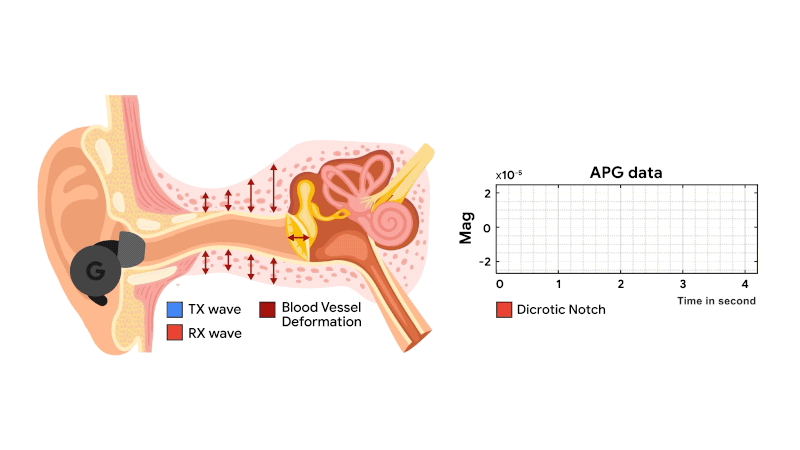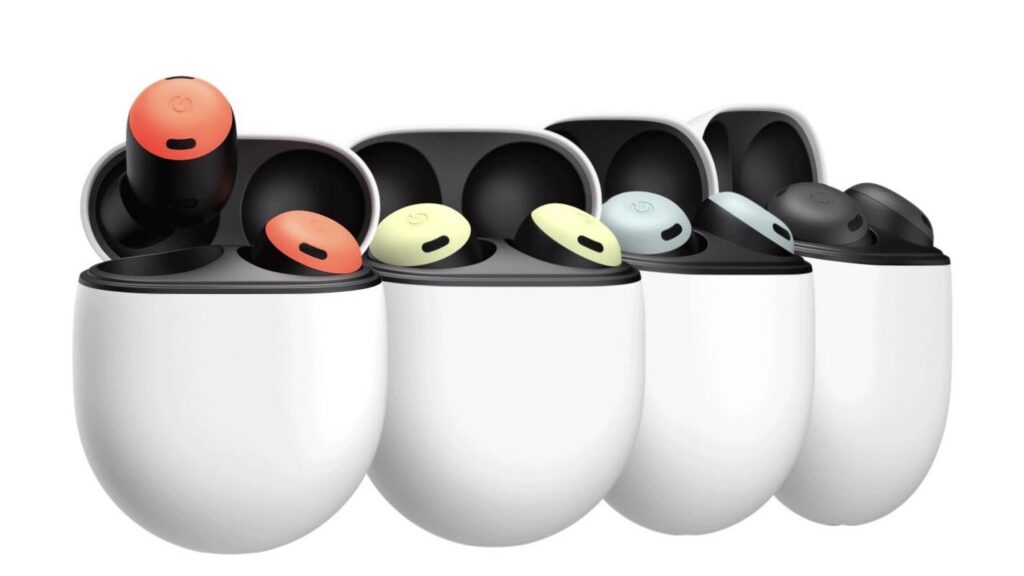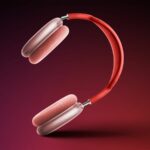Google scientists are pioneering a novel approach to heart rate monitoring in wearables, moving beyond the common photoplethysmography (PPG) method. Their exploration of audio plethysmography (APG), which uses ultrasound, presents a potential solution to existing limitations.

By bouncing a low-intensity ultrasound signal off the inner ear canal and utilizing the microphone in active noise-cancelling (ANC) earbuds, Google aims to detect skin surface perturbations caused by blood circulation, offering a more resilient method than traditional PPG.
Unlike traditional methods, APG has proven effective with varying ear conditions, including poor seals, differing ear canal sizes, and notably, on individuals with darker skin tones or tattoos, addressing a persistent wearable challenge.
While APG demonstrated reliability during music playback, challenges arose in noisy environments and with body motion interference. Google’s researchers overcame these issues by employing multiple frequencies to extract the most accurate signal.

A field study with 153 participants, using commercial ANC earbuds and purpose-built prototypes, revealed a median error rate of 3.21 per cent for heart rate and 2.70 per cent for heart rate variability, indicating the potential accuracy of the ultrasound-based APG method.
While heart rate monitoring headphones have relied on PPG and faced challenges with movement, Google’s exploration of APG signals a shift in wearable health monitoring. The study provides insight into Google’s commitment to innovative solutions in the wearables space.

Keep in mind that this research is solely an academic study and does not imply that Google is on the verge of launching headphones with this capability or updating existing products like the Pixel Buds Pro. However, it provides insight into the company’s conceptual direction as it delves further into the wearables sector. You can access the detailed document on Google’s official website for a comprehensive review of Google’s study.








